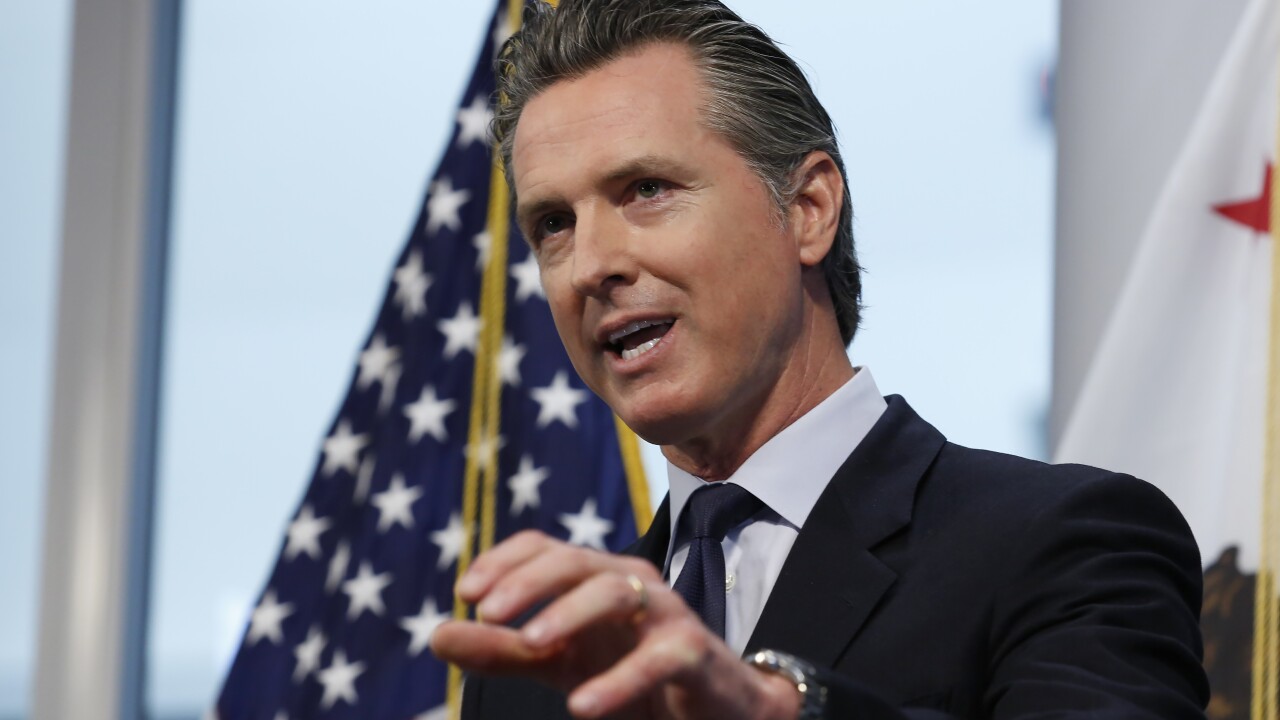SACRAMENTO, Calif. — State Superintendent of Public Instruction Tony Thurmond announced today that the California Department of Education (CDE) and the California Department of Social Services (CDSS) have issued new guidance that will facilitate child care for children of essential critical infrastructure workers, children at risk of abuse or neglect, and children with disabilities or special health care needs.
The guidance was a requirement of Governor Gavin Newsom’s Executive Order N-45-20, issued on Saturday, April 4, 2020, and was created in collaboration with the Governor’s Office and the Department of Finance.
“We thank the Governor for allowing the CDE and the CDSS the flexibility to waive certain requirements, putting us in a position to support California’s essential workers by prioritizing providing child care to them,” said Thurmond. “Along with our education and care providers, our health care professionals, emergency response personnel, law enforcement, grocery workers, agricultural workers, and key governmental staff have stepped up and continue to take care of all of us during this unprecedented health crisis, and it is important that we take care of them as well. Moreover, we know COVID-19 has put additional stress on some families and appreciate being able to expand access of emergency child care to them to support some of our more vulnerable children during this time.”
The guidance addresses how the essential worker prioritization will roll out, as well as guidance on how child care programs and providers can safely provide care.
Executive Order N-45-20 also allows the state to take advantage of new federal flexibility to provide pandemic Supplemental Nutrition Assistance Program (SNAP) benefits to children. Specifically, the CDSS and the CDE will share data and information to identify students who may be eligible for the pandemic SNAP benefit, to reduce food insecurity and ensure children receive nutritious meals at low or no cost.



